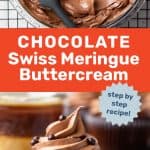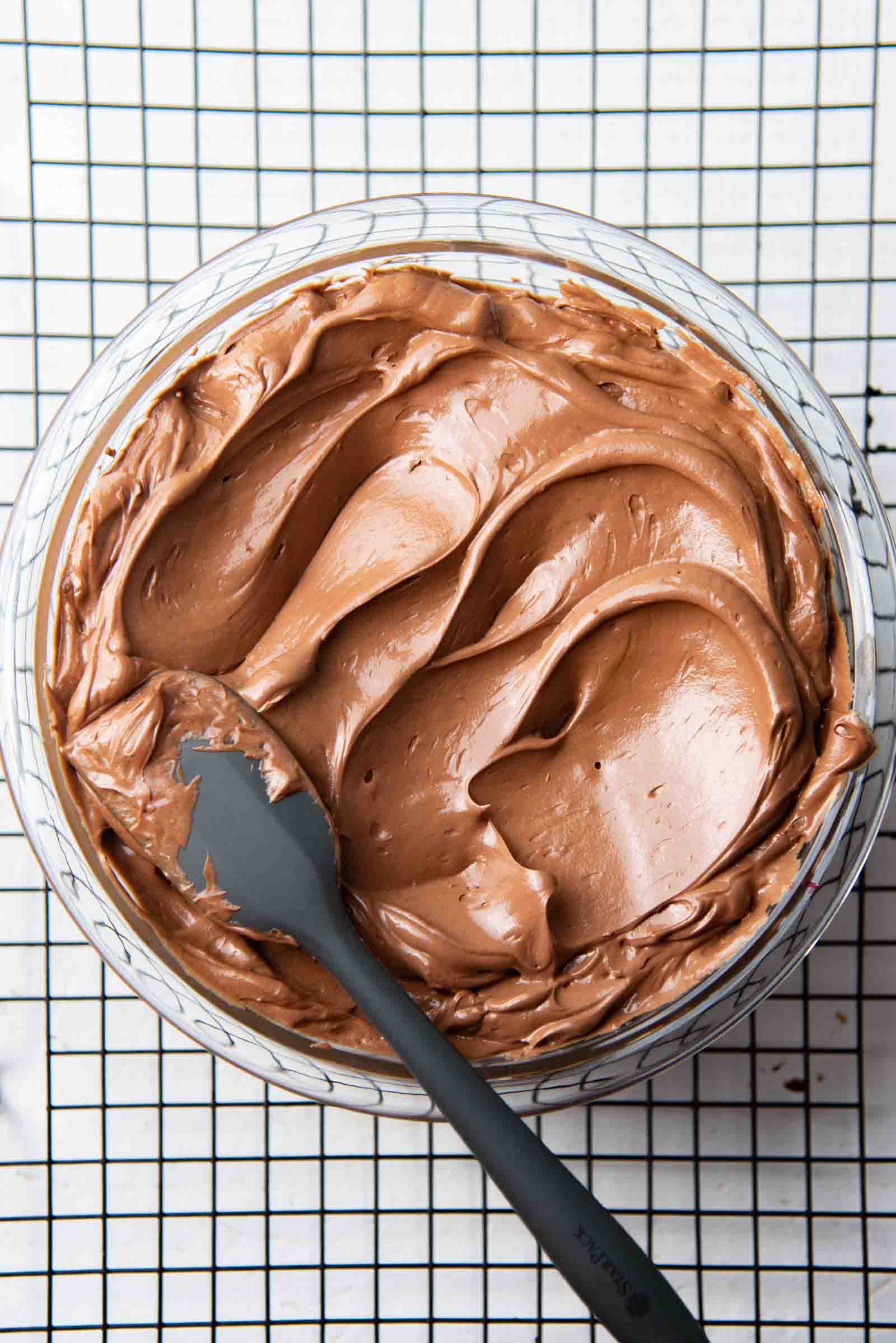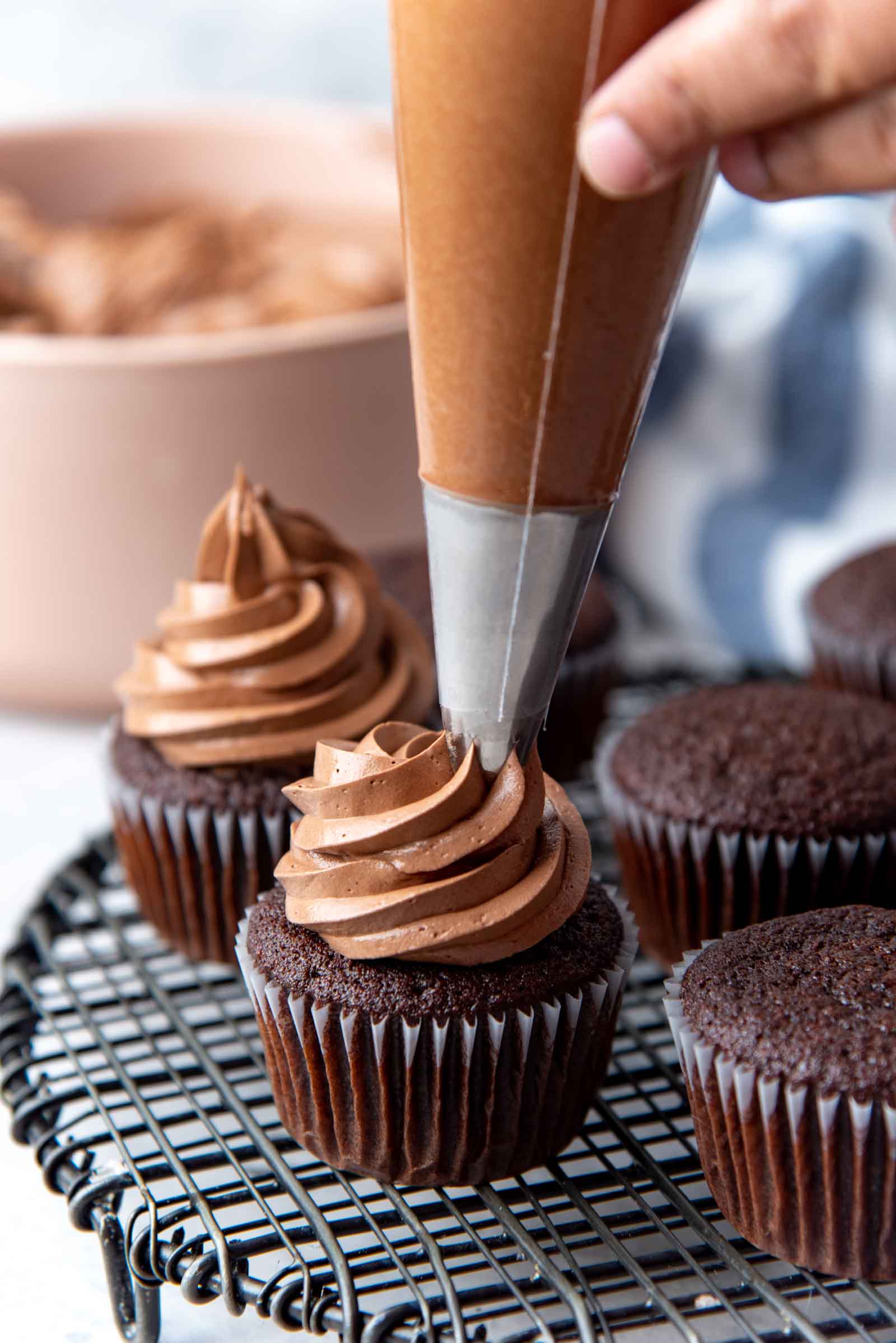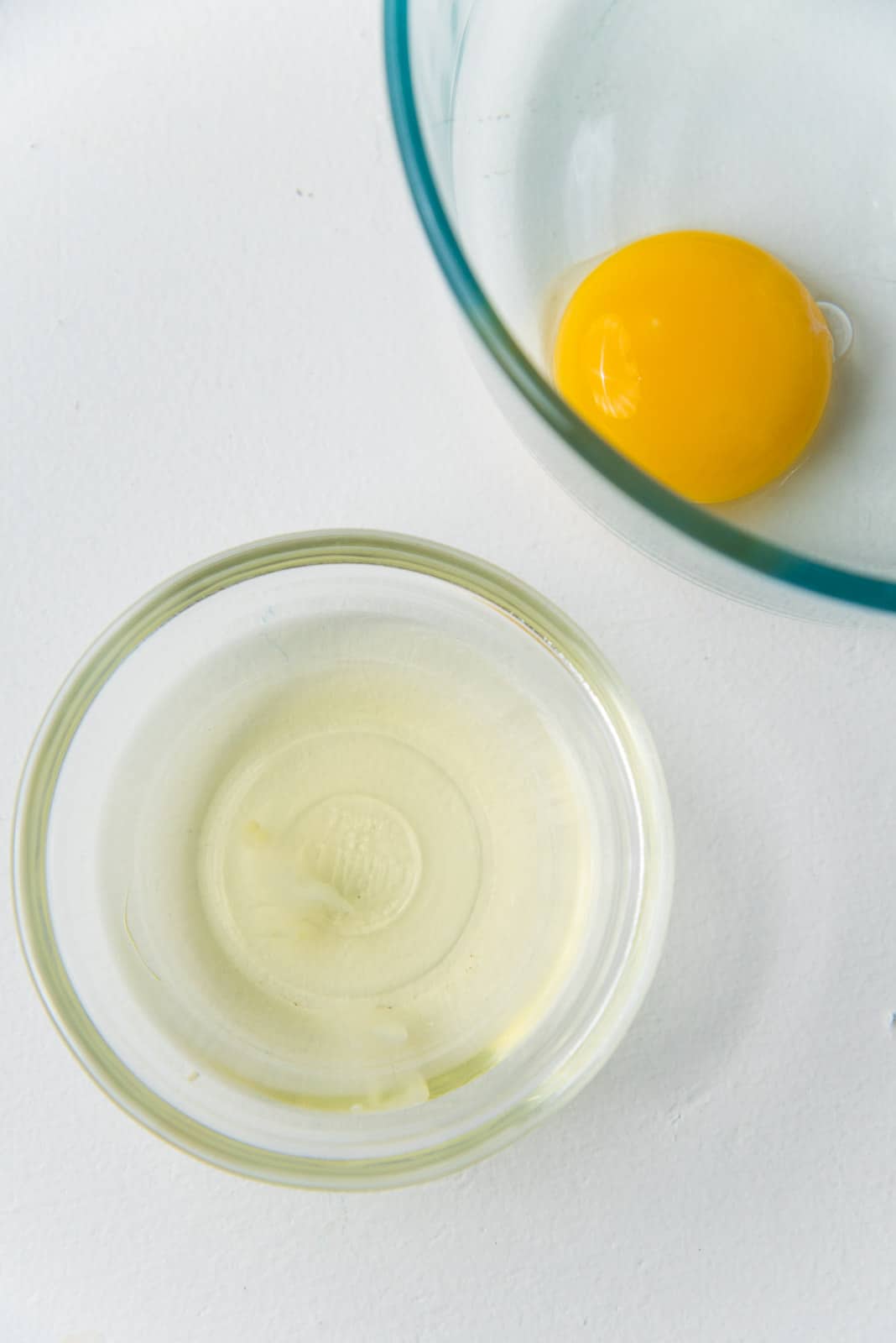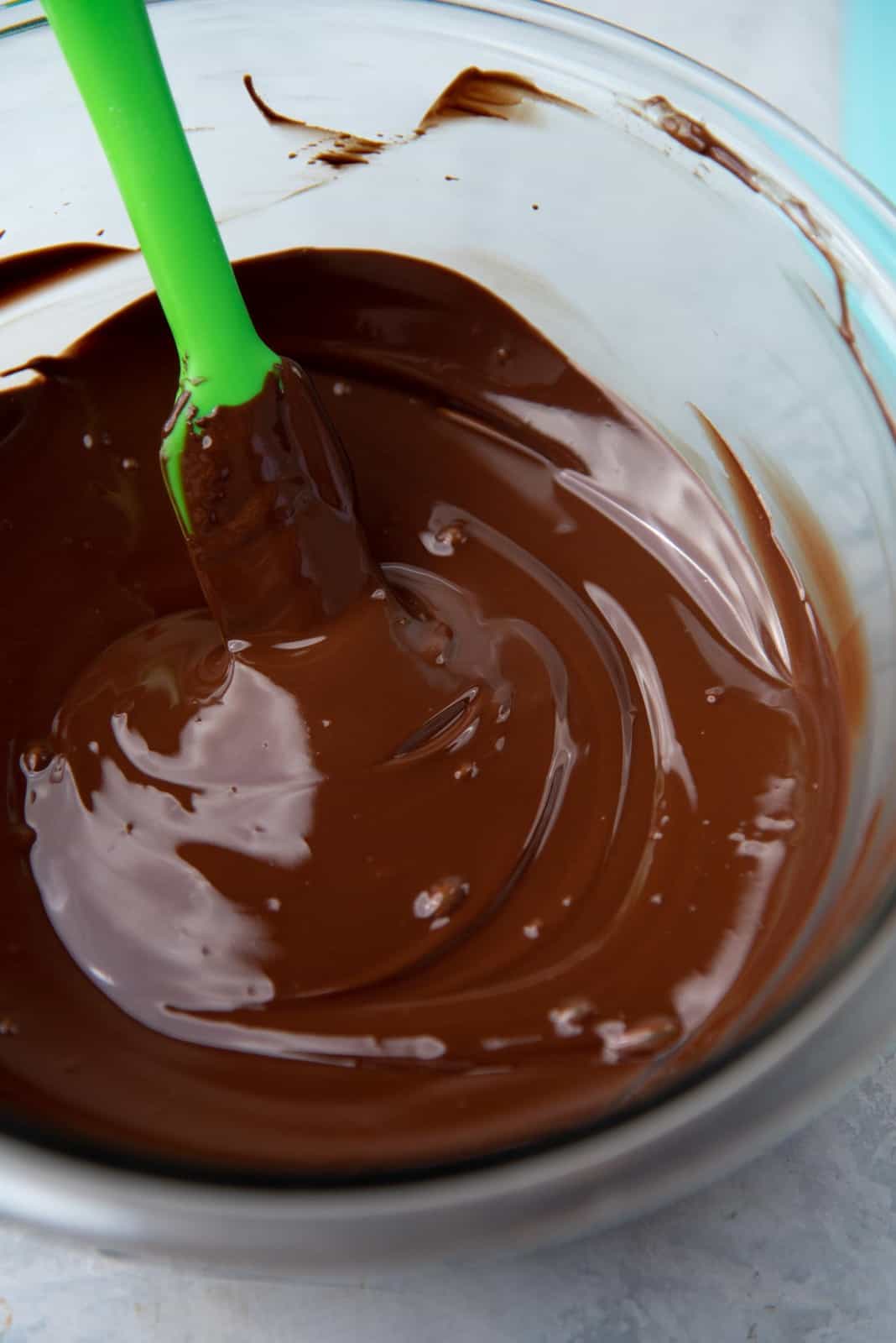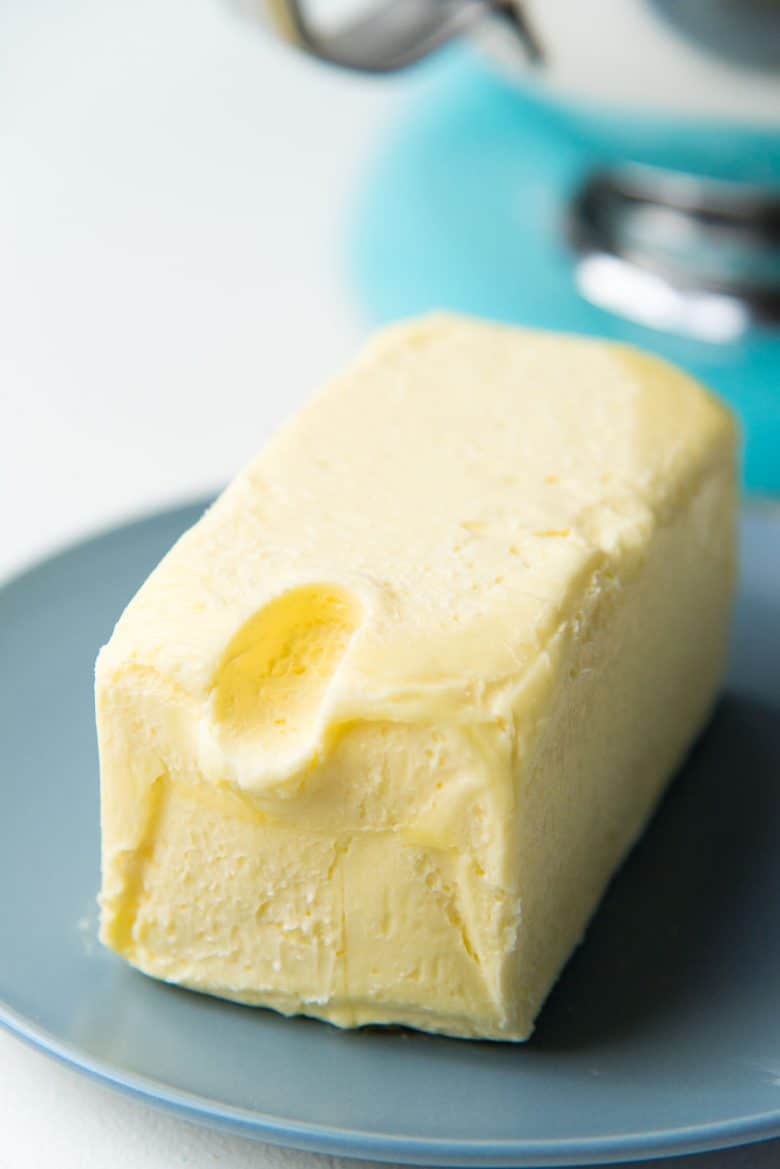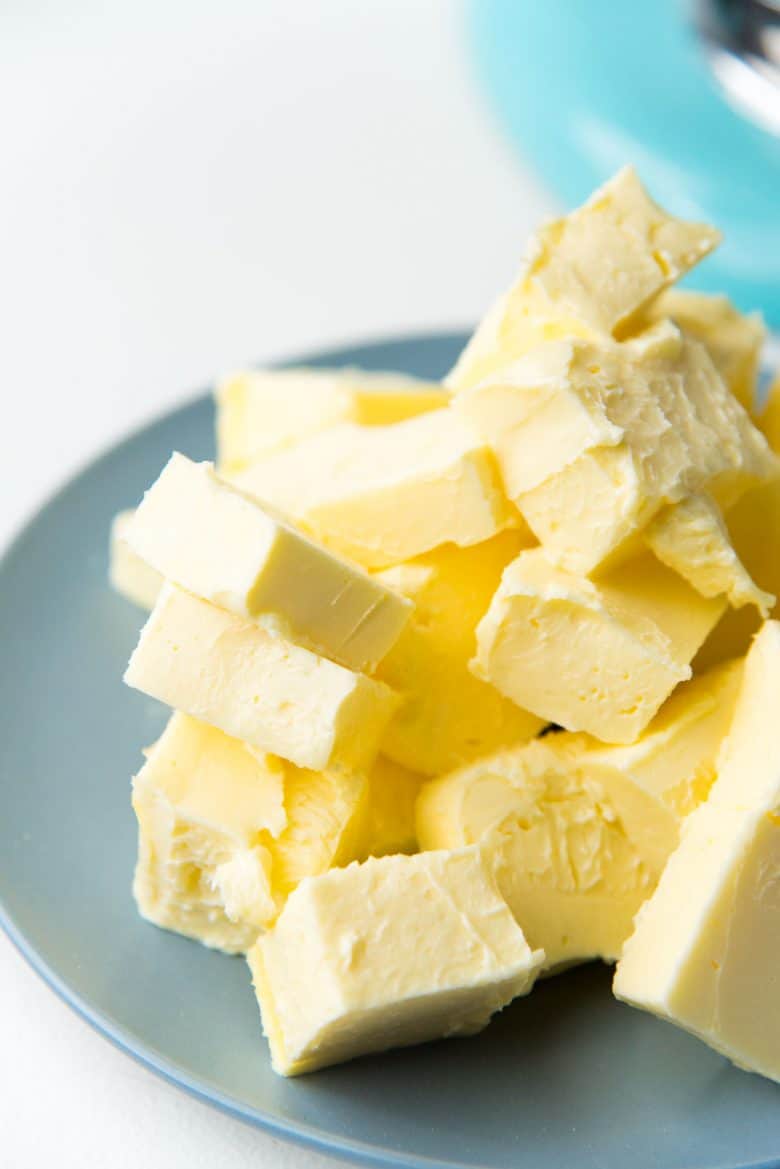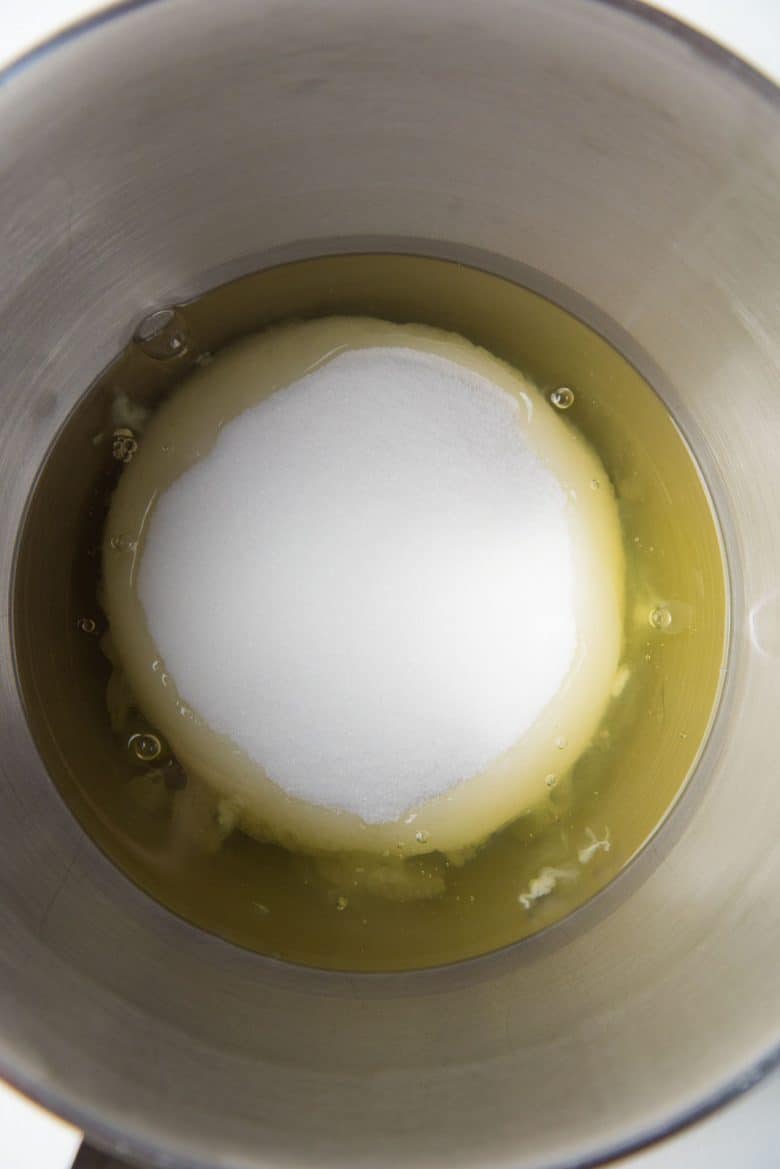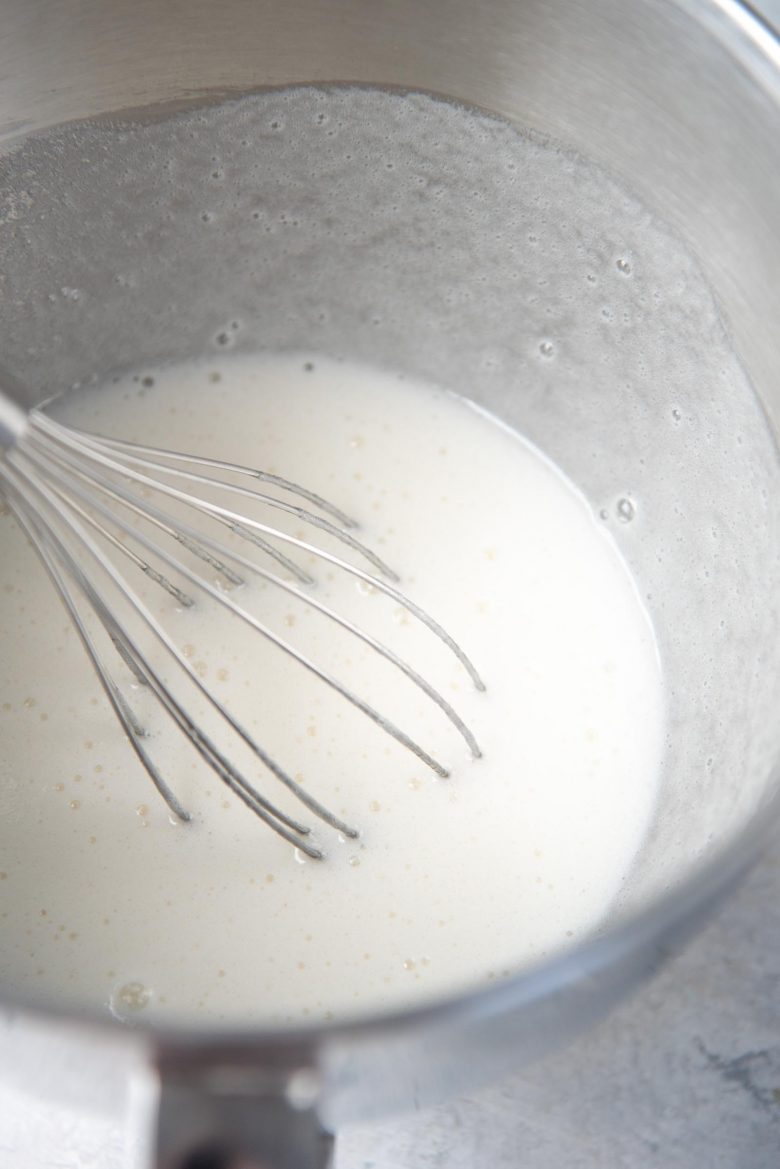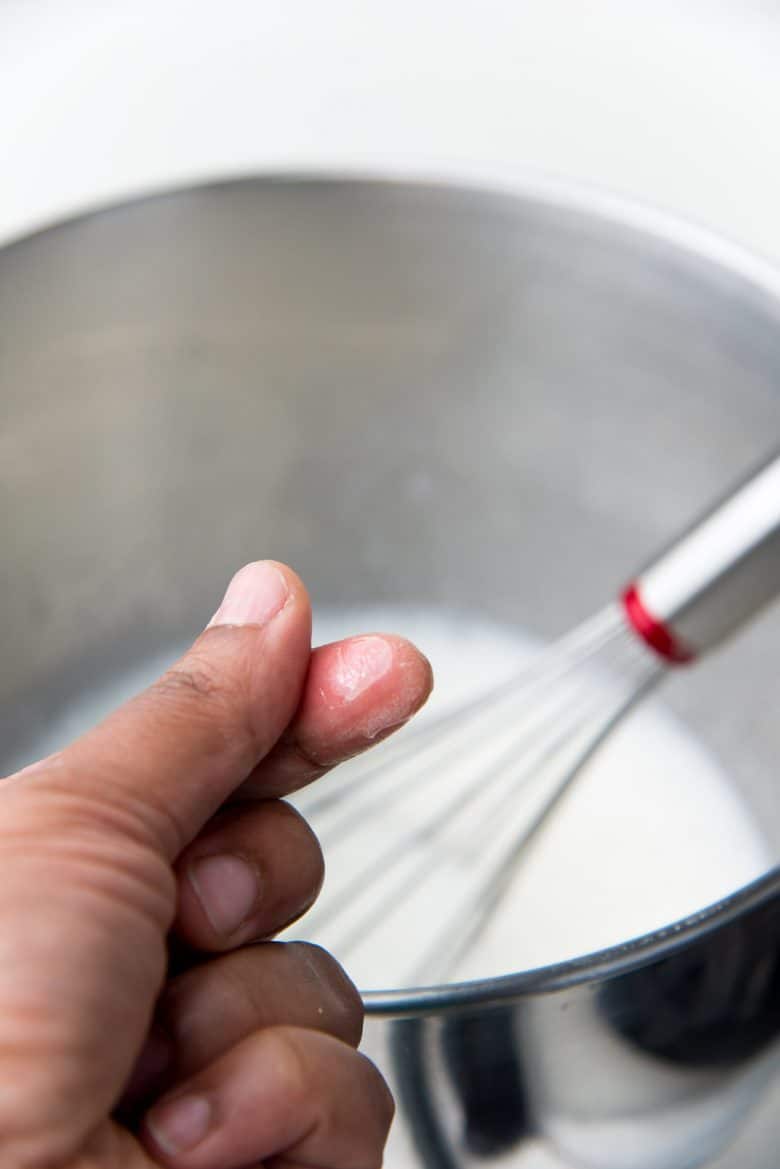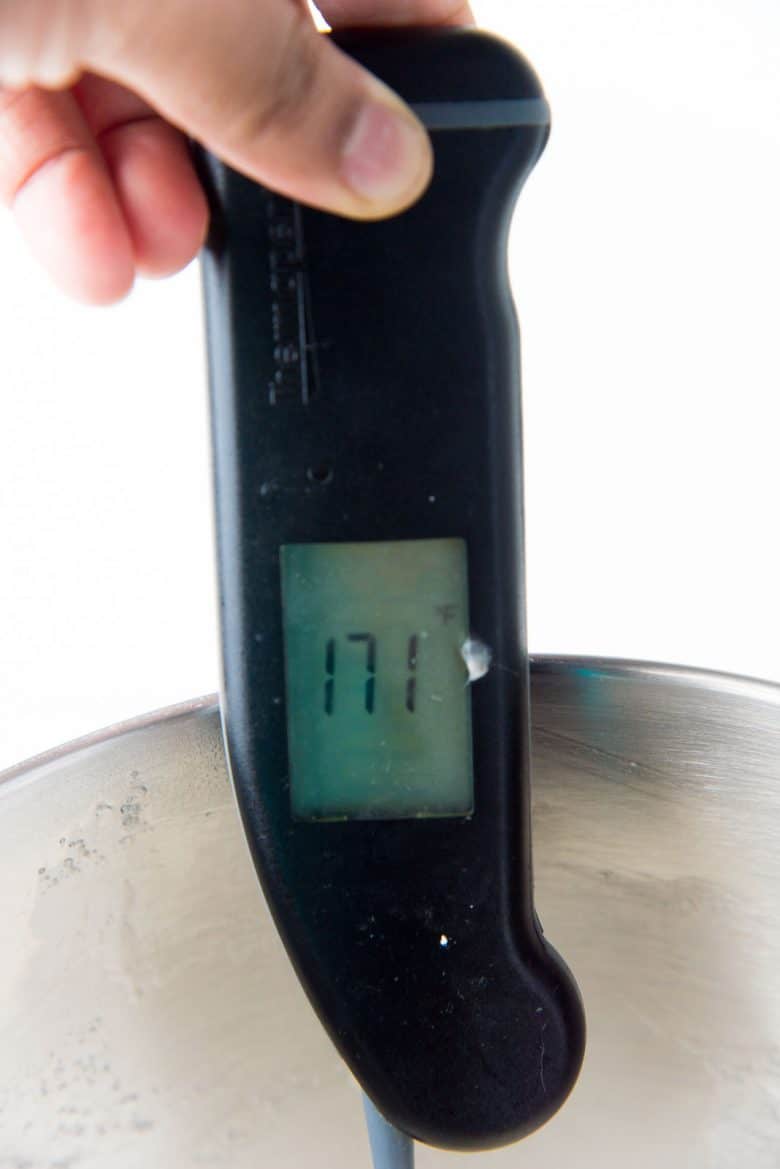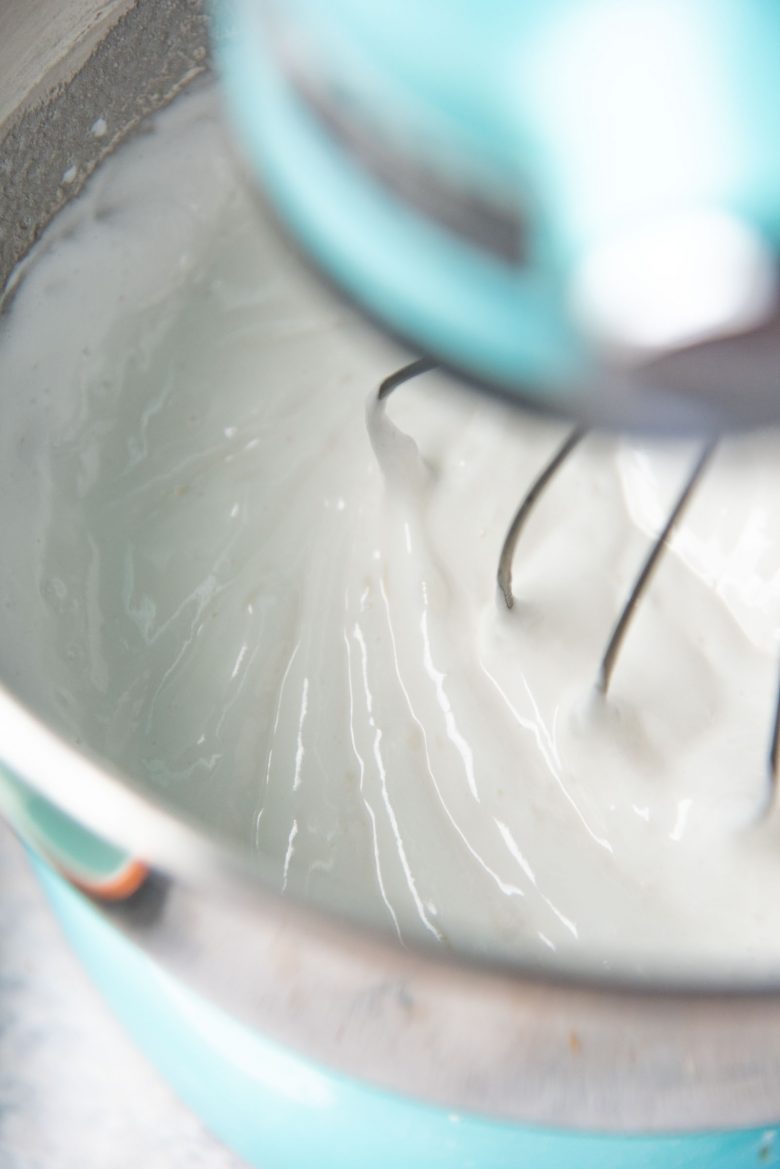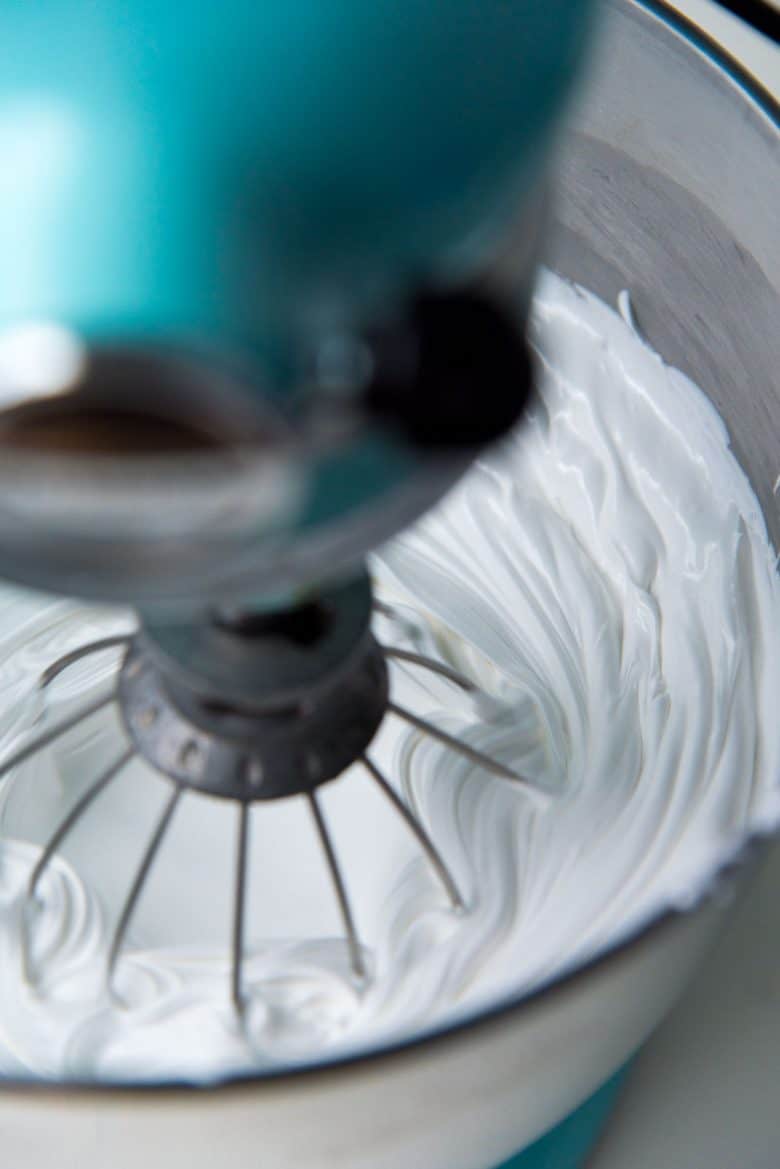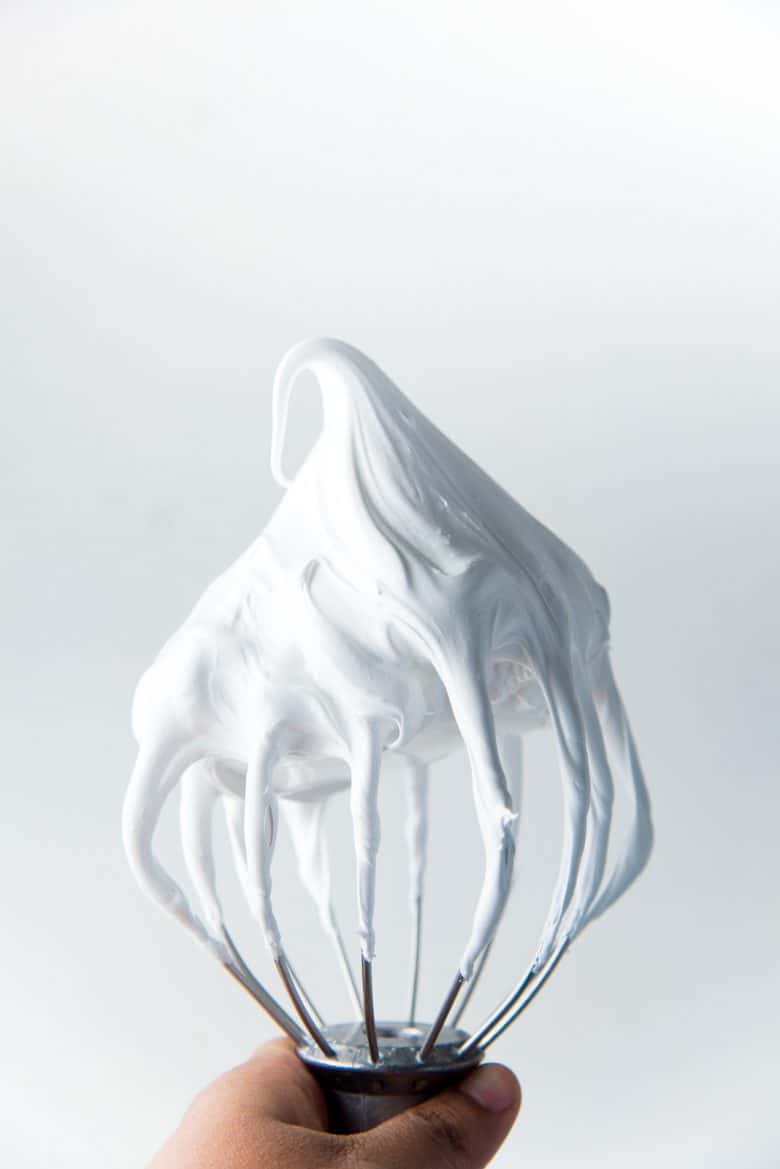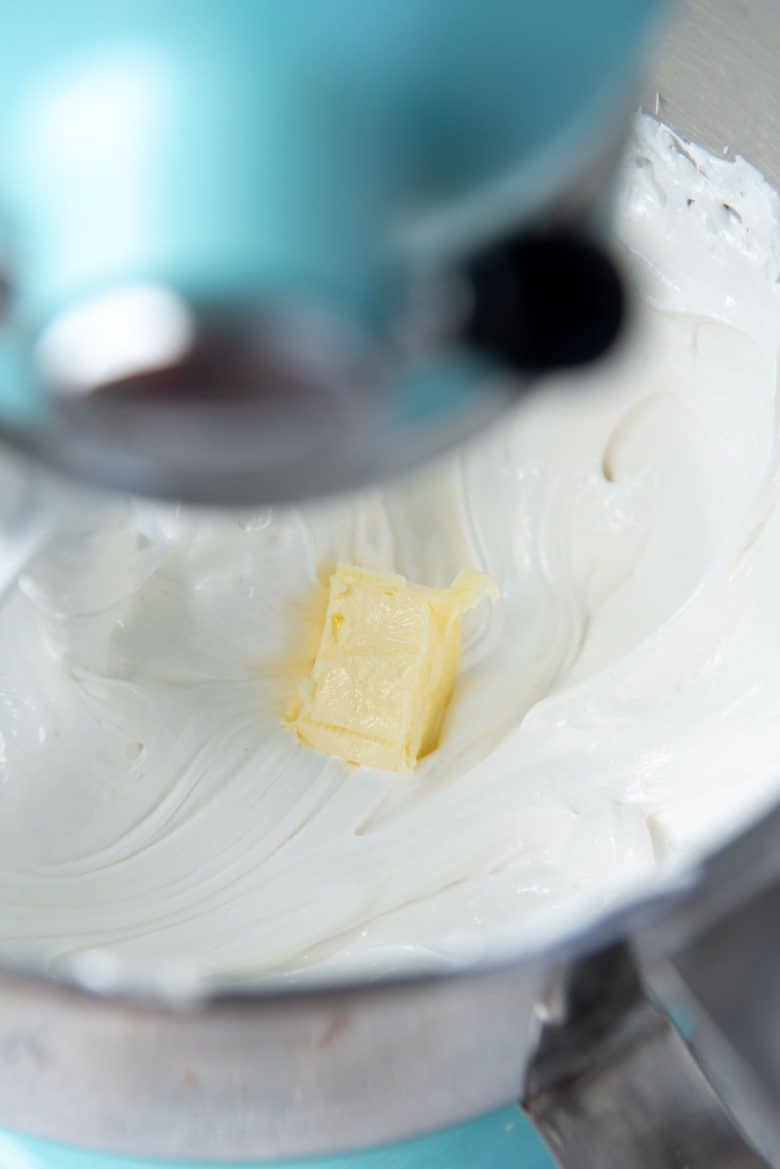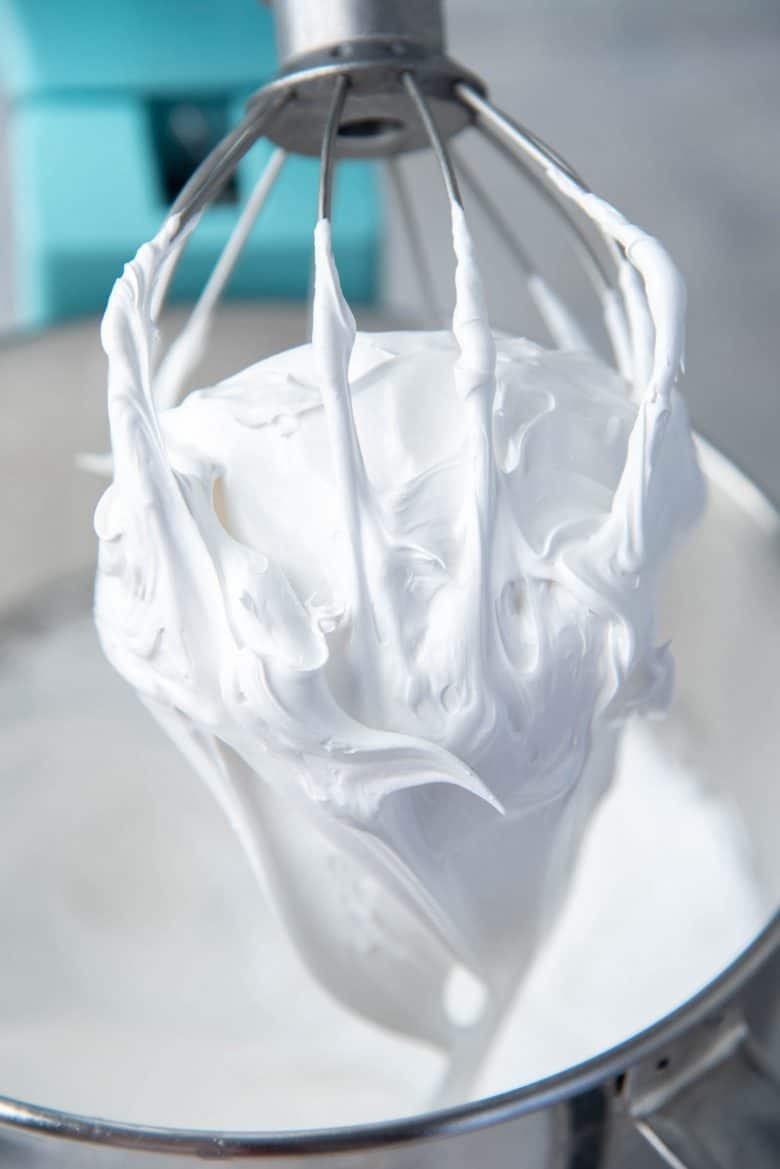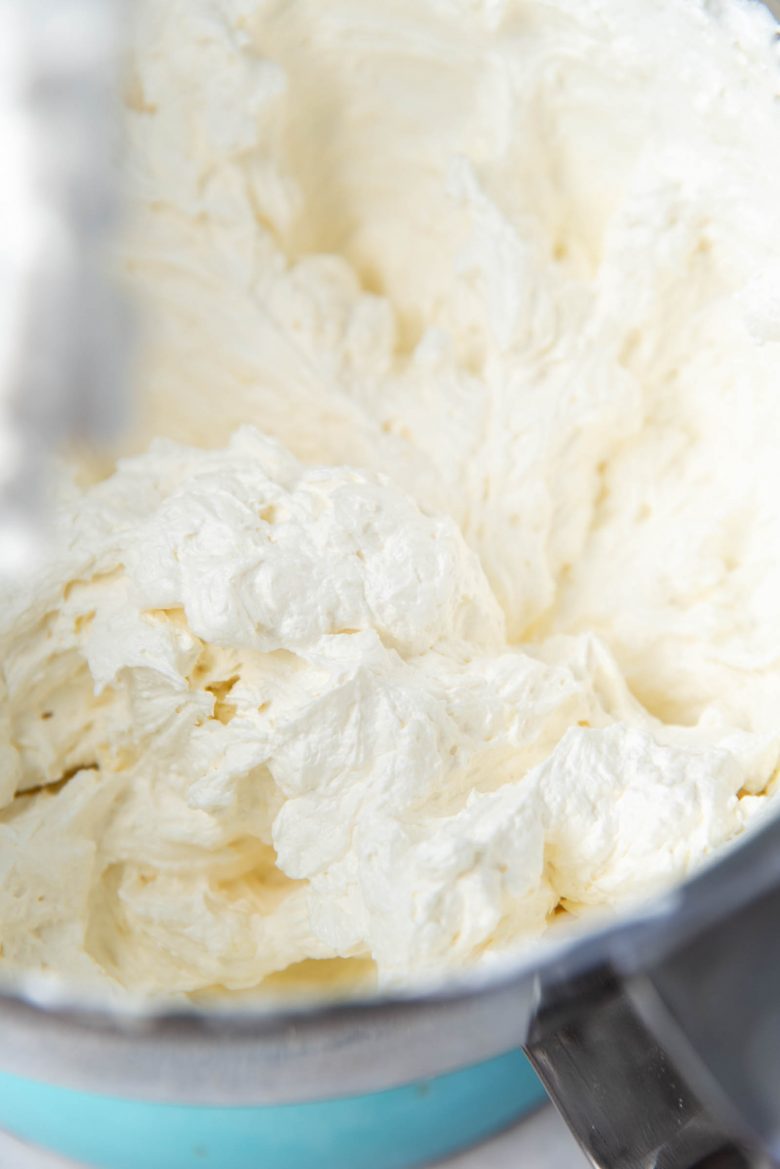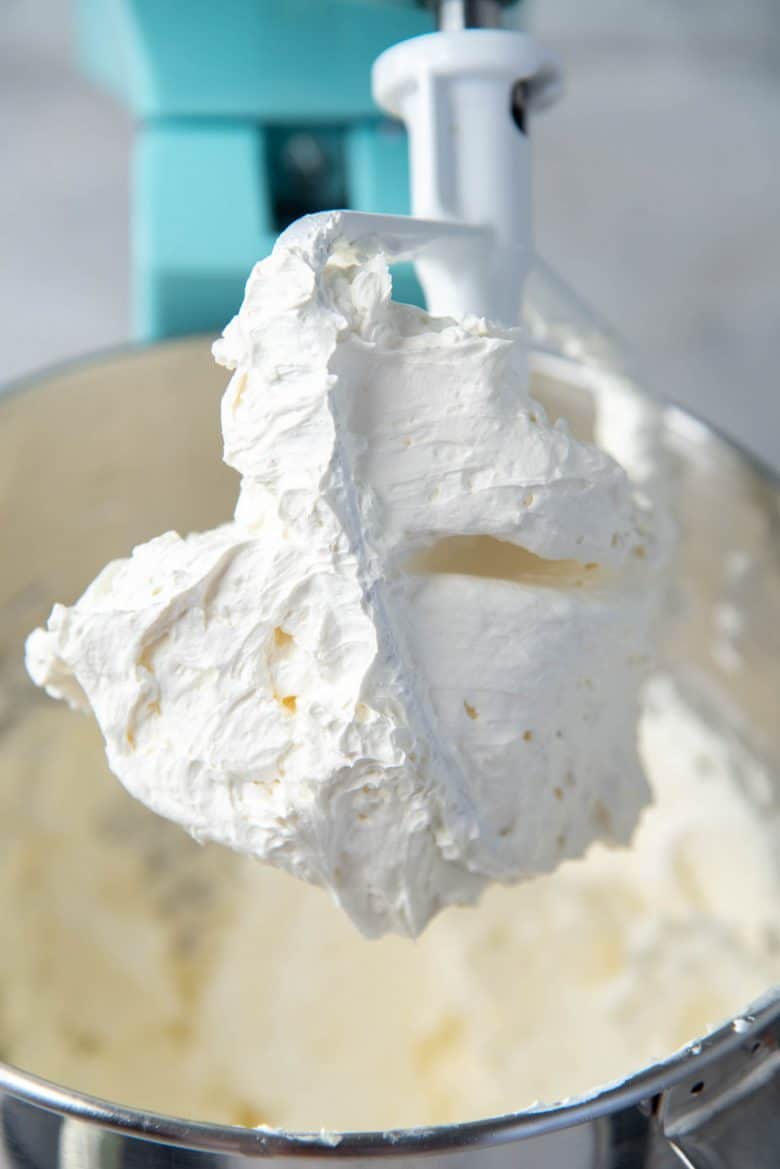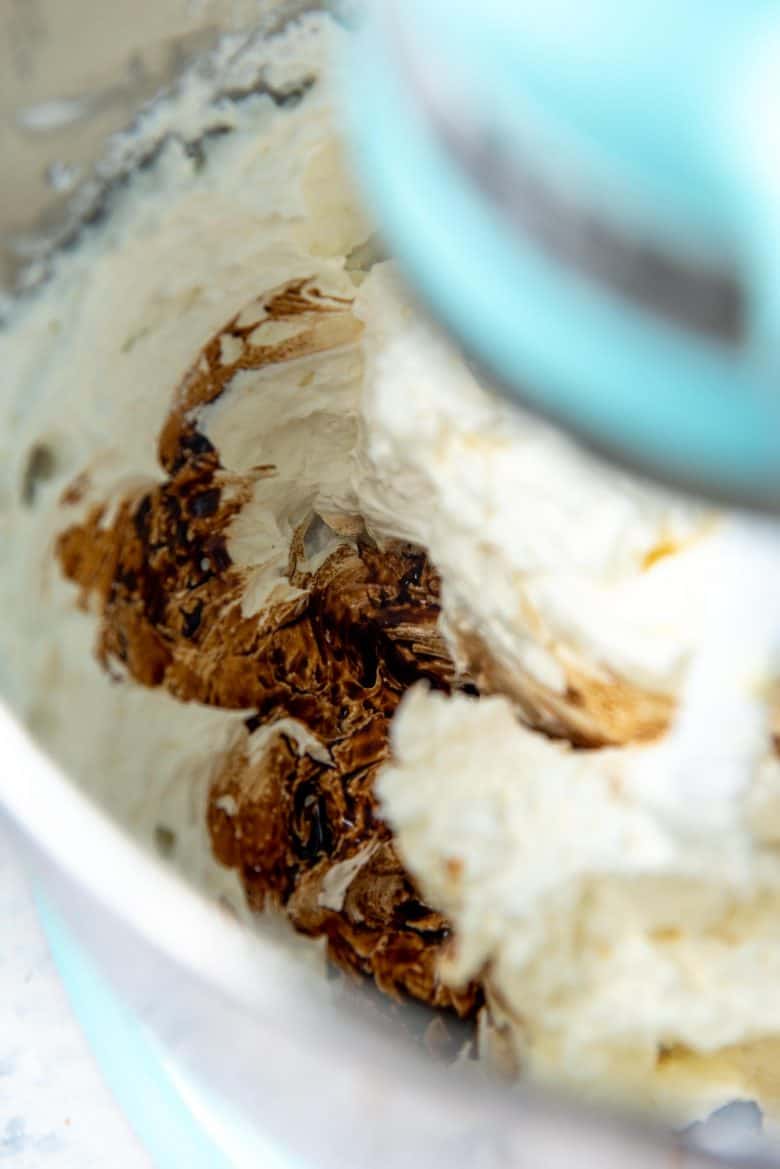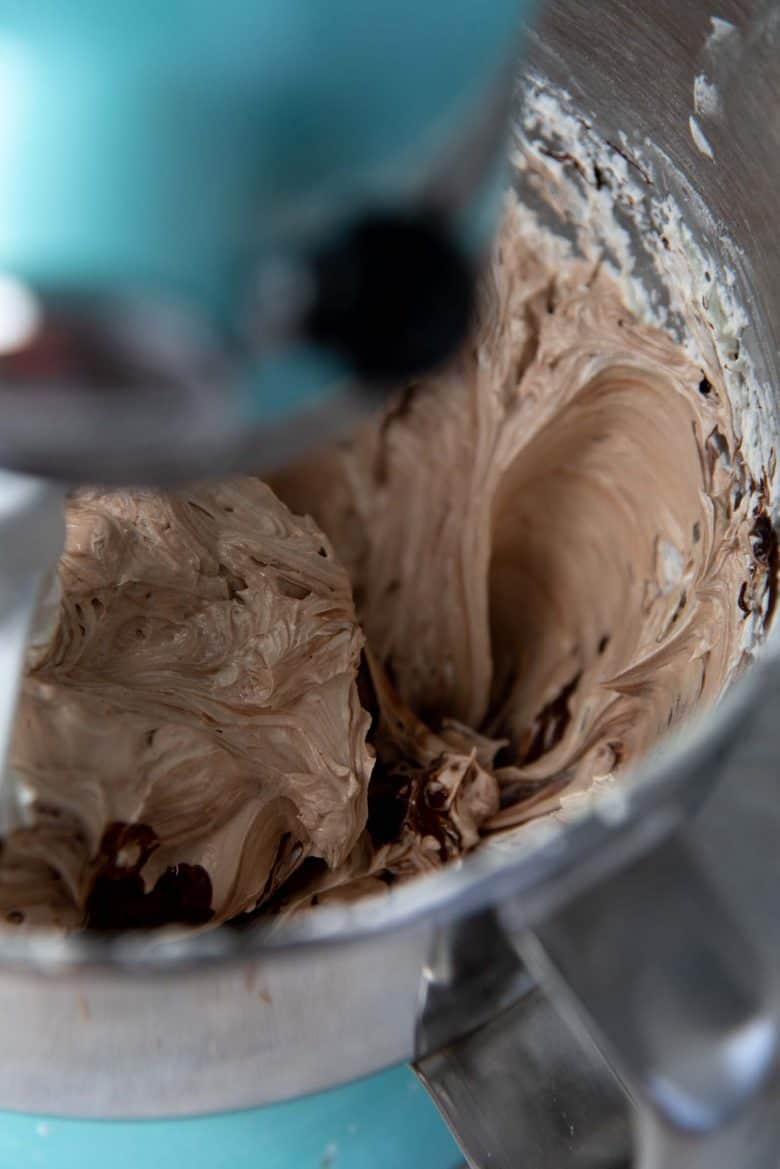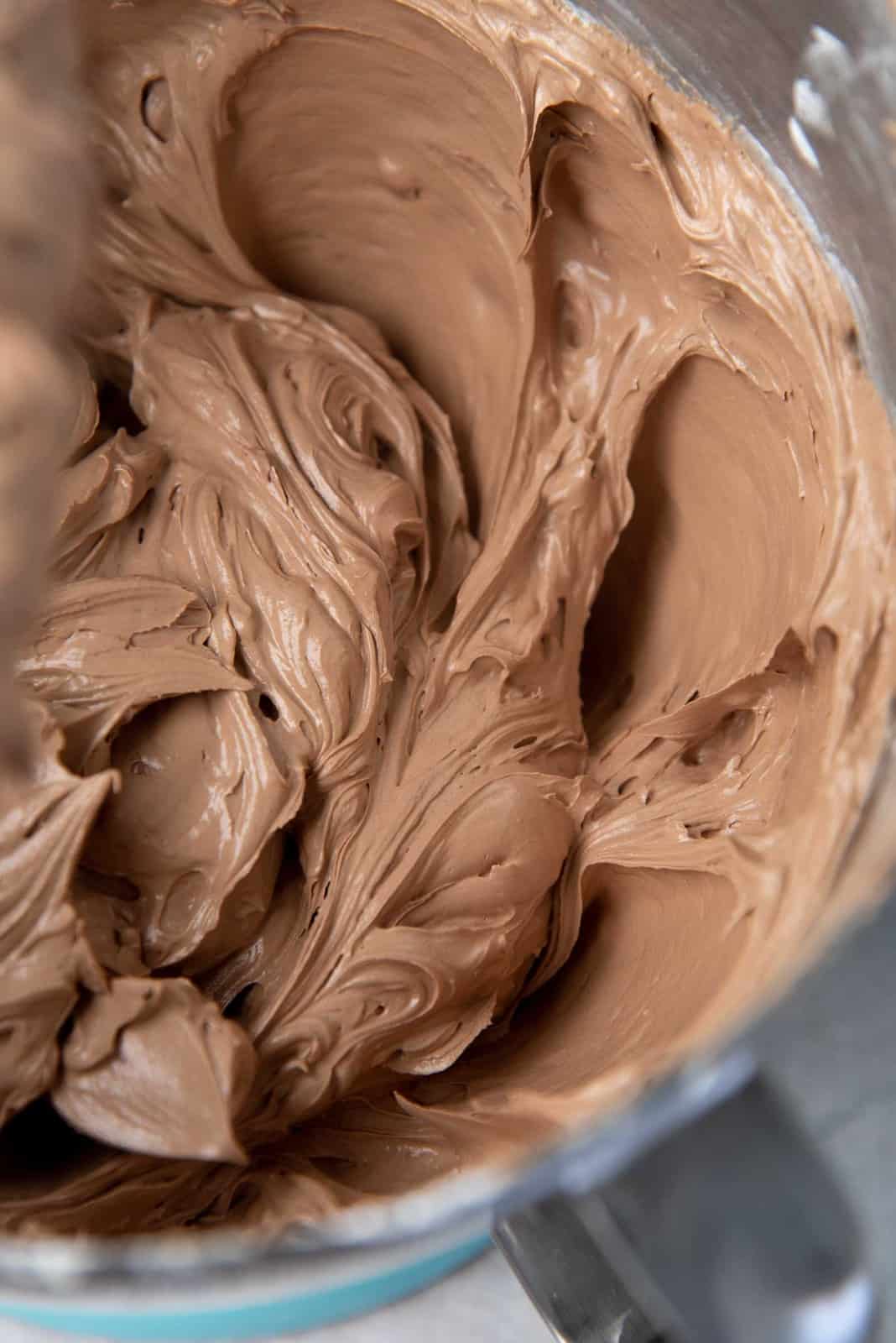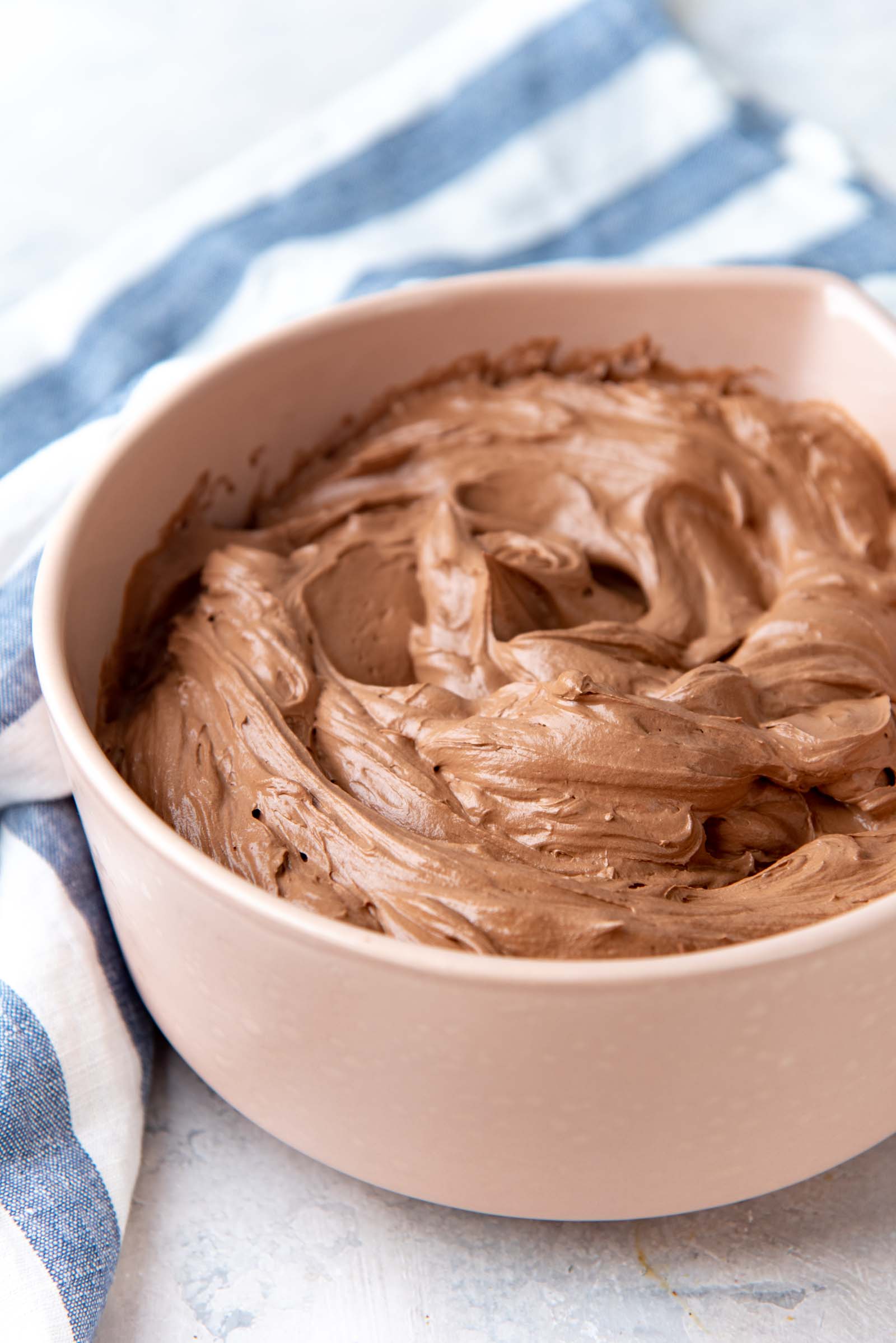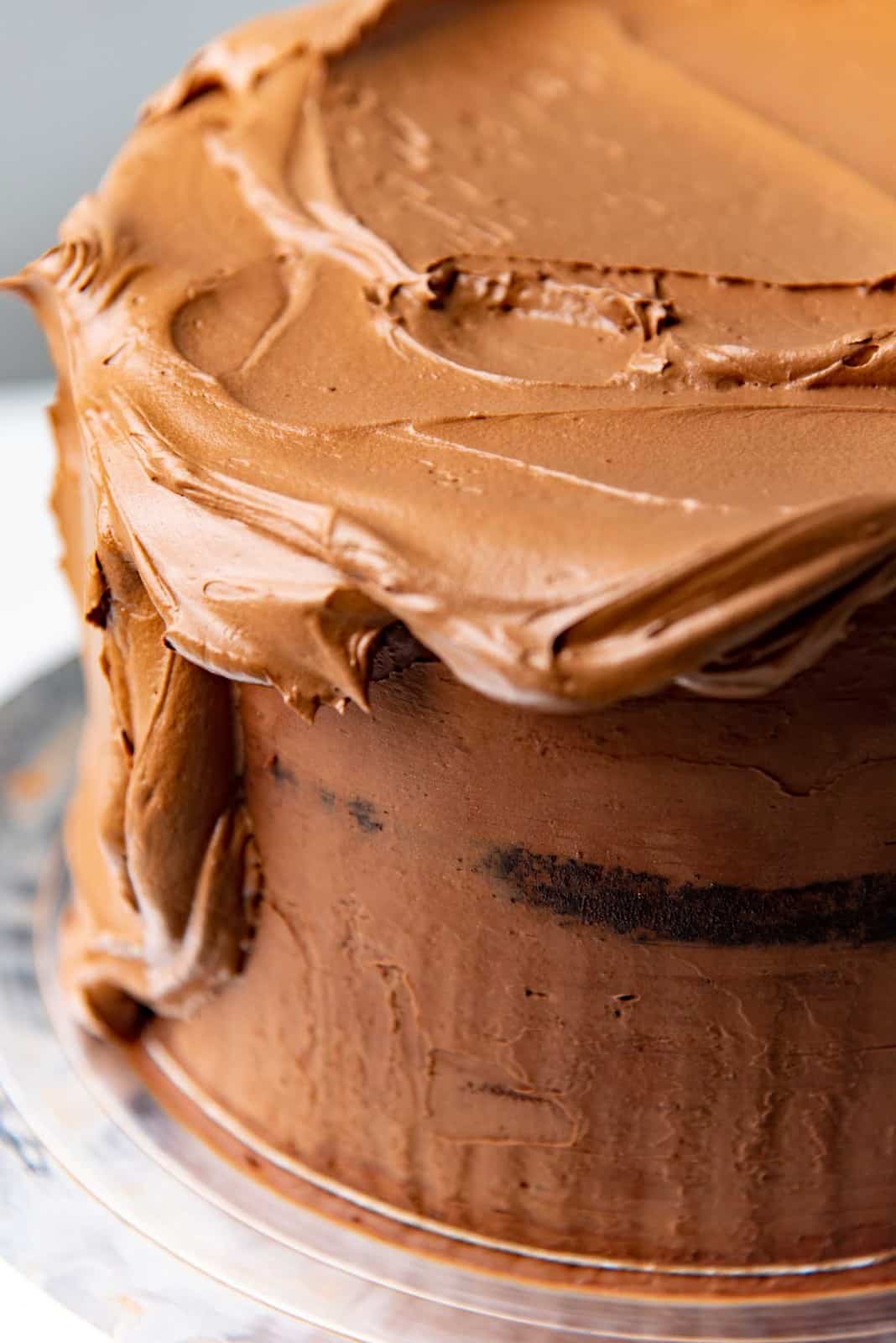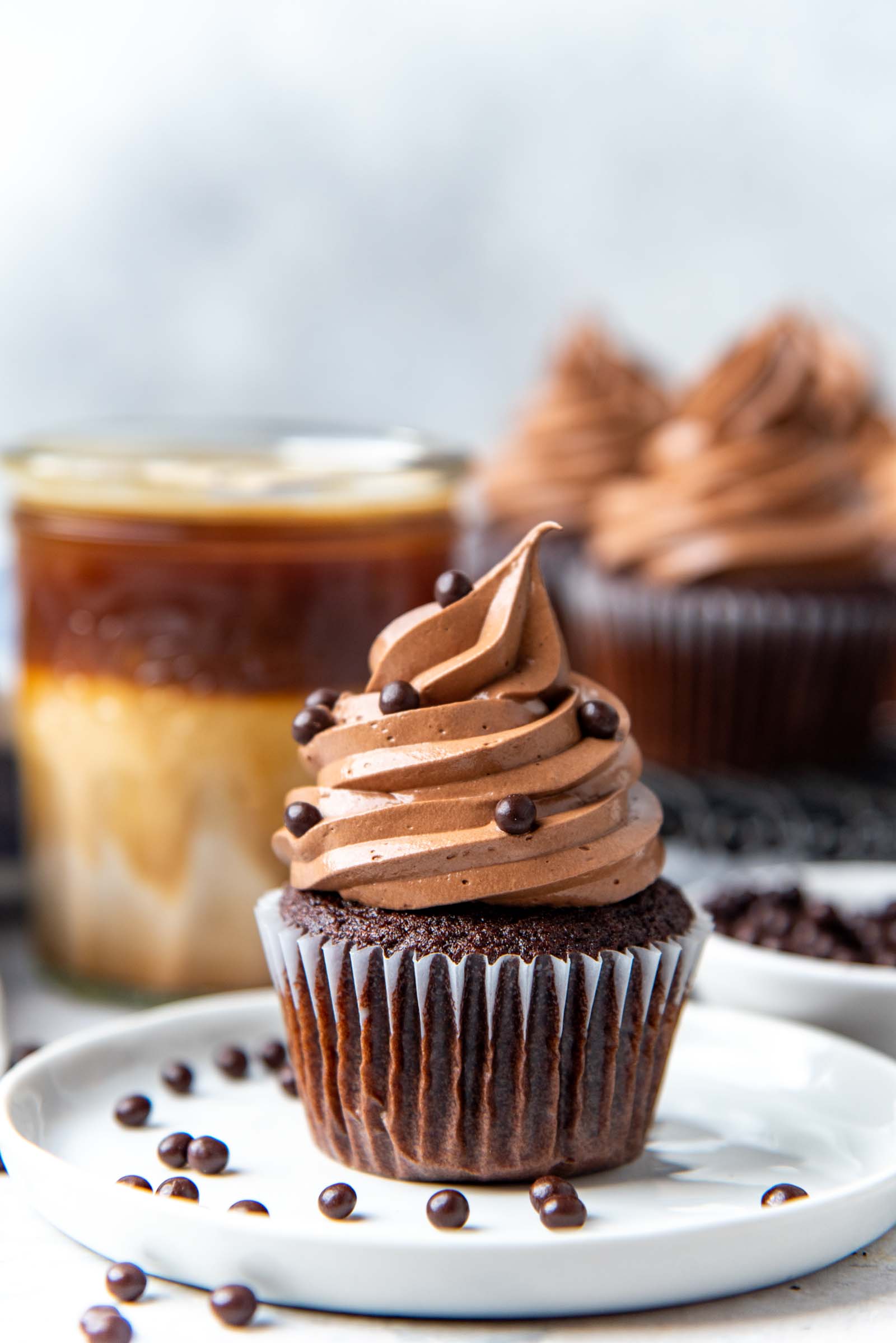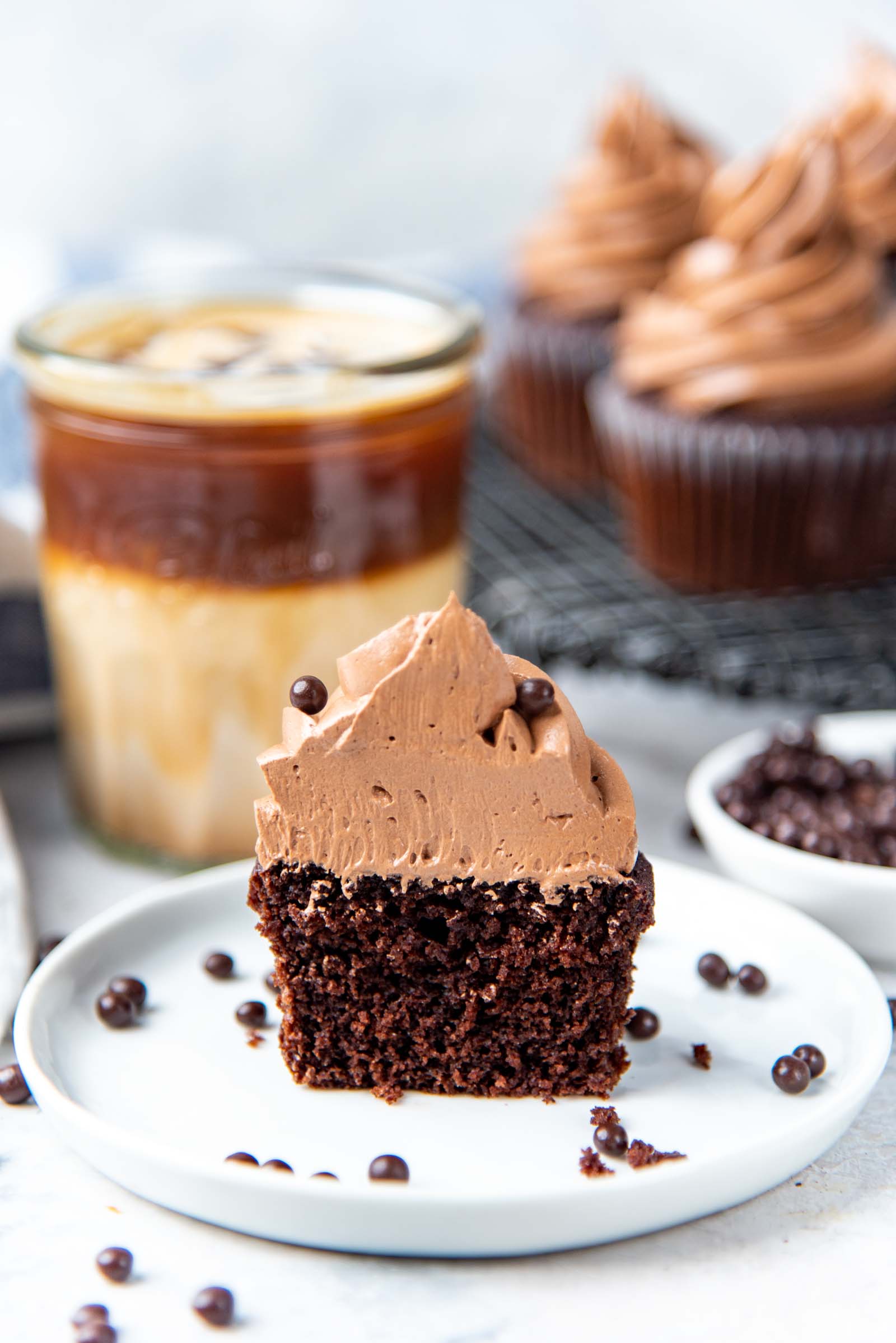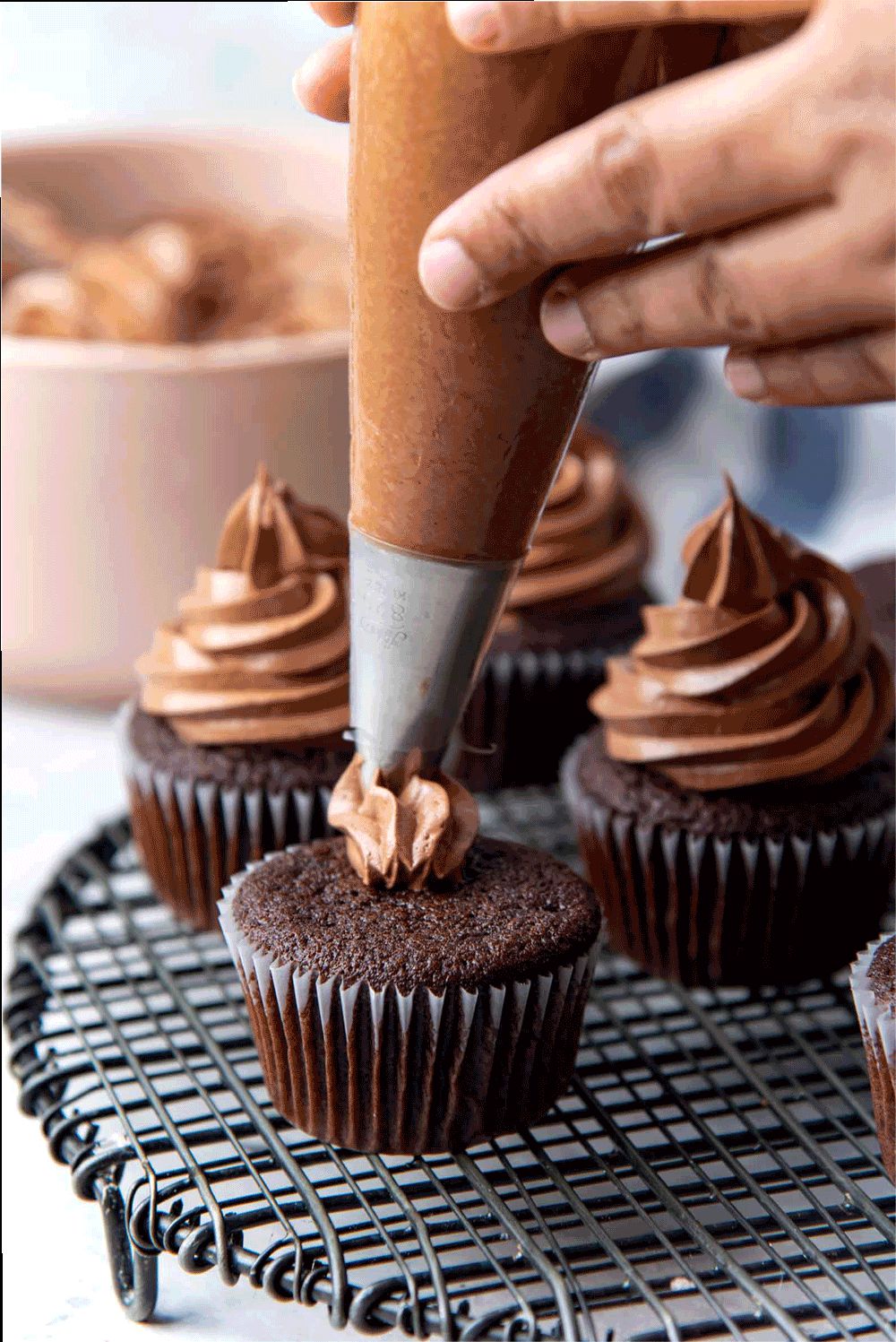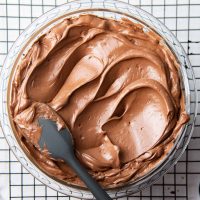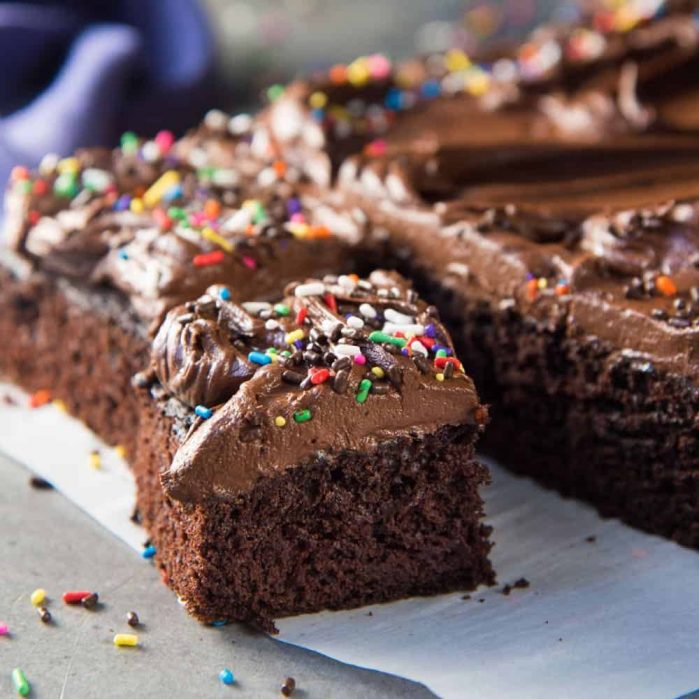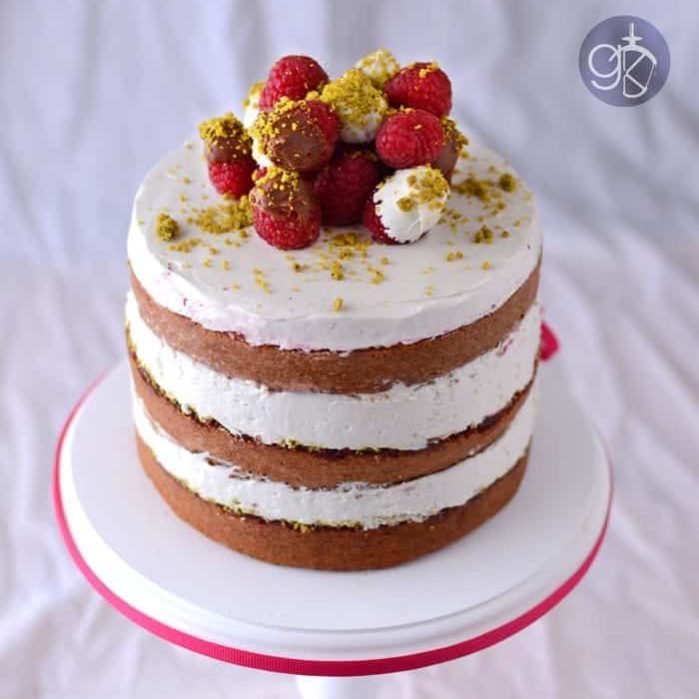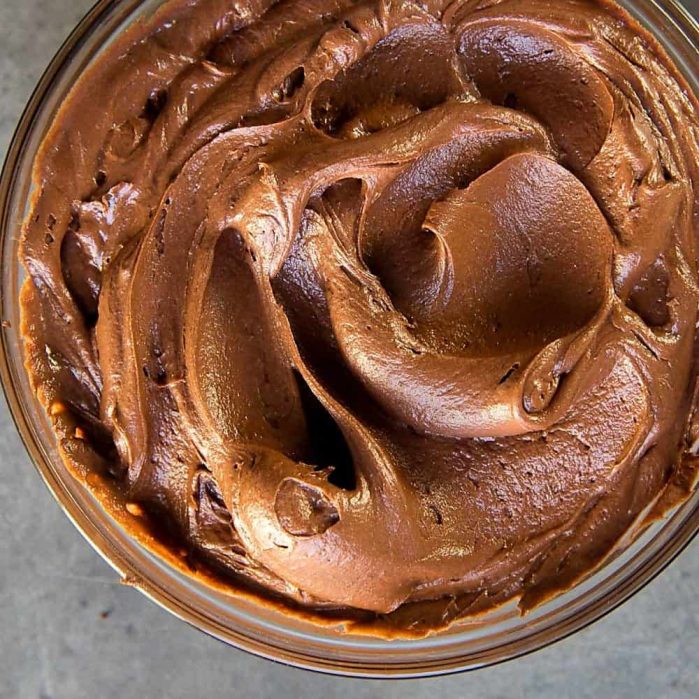Check out how to make swiss meringue buttercream for the vanilla counterpart. For easier cheat’s versions of these swiss meringue buttercreams, you can also check out easy swiss meringue buttercream and easy chocolate swiss meringue buttercream. This guide will show you how to make the best chocolate Swiss meringue buttercream ever!
Why you’ll love this recipe
This is a comprehensive step by step recipe that is perfect for beginners. I’ll give you tips and all the knowledge on how to fix common issues and be an expert in making Swiss meringue buttercream! Made with melted chocolate which gives the buttercream a rich chocolate flavor.
I won’t talk about the differences between Italian meringue buttercream, American buttercream recipe and Swiss meringue buttercream here in this post. That’s because I talk about it in my vanilla Swiss meringue buttercream post. But briefly,
What is Swiss meringue buttercream?
Any meringue buttercream is one that is made with butter mixed into a meringue. Swiss meringue buttercream is where the egg whites are “cooked” with sugar over a double boiler and then whisked into a meringue to cool down and to volumize. Next, unsalted butter is added to make a creamy, light, buttery buttercream. Then, you can add melted chocolate, fruit puree, fruit essences and spices to flavor the buttercream. But here, we’re going to look at how to make chocolate Swiss meringue buttercream.
How to make chocolate Swiss meringue buttercream
Prep the bowls and utensils
Make sure all the bowls and utensils are clean and completely dry. There shouldn’t be any trace of fat in the bowls and utensils that you will be using to make the meringue base. To remove any residual fat in the bowls and utensils, you can wipe them with a paper towel dampened with white vinegar OR use a lemon slice. Then wipe them clean with dry, clean paper towel or cloth napkin. The bowl that you will be using to melt the chocolate needs to be completely dry to prevent the chocolate from seizing as it melts as well.
Get the ingredients ready
Egg whites are one of the main ingredients in SMBC. They need to be separated from the egg yolks carefully. Any fat in the whites means that they will not turn into meringue. Eggs are much easier to separate when they are cold. So, if you choose to, you can separate the eggs while they are still cold, but leave the egg whites (in a clean, dry bowl) at room temperature till they warm up to room temperature. I like to melt the chocolate over a double boiler. This lets me have better control and prevent the chocolate from burning. But you can also use a microwave to heat in small increments to melt the chocolate. Make sure that no water or fat gets into the bowl with the chocolate. I always use unsalted butter for almost all of my baking. This lets me control the salt content in my recipes. Make sure the butter is a little cooler than room temperature as well. You should be able to press the butter with your fingertips with just a little resistance, and leave an indentation in the butter, but not have the butter melt in your fingers. The temperature of the butter at this stage is about 60° F. I use granulated white sugar for this recipe. Since it’s going to be dissolved in the egg whites anyway, it’s better to use granulated white sugar. The ratio of sugar to egg whites (by weight) that I like to use is 2 : 1. That not only gives the perfect sweetness, this ratio also provides the most stable meringue. Since the majority of the flavoring comes from melted chocolate, these flavoring options are technically optional. BUT they REALLY do enhance the flavor of the buttercream!
Vanilla extract – the natural sweetness helps enhance the chocolate flavor. Salt – even if you skip vanilla, DO NOT skip the salt. Just add a little to round off the sweetness. OR add enough to give the buttercream a little saltiness. Chocolate and salt are a match made in heaven. Coffee – this has the same effect on chocolate as salt does. A little helps deepen the flavor of chocolate. Add more and you get a delicious mocha Swiss buttercream!
Prepare the egg white and sugar base for the meringue.
Place the room temperature egg whites and sugar in the clean, dry bowl. Whisk to combine. Place the bowl over a pot of simmering water, and cook the egg white – sugar base. This is a makeshift double boiler. Make sure you keep whisking the egg white mixture while heating it to prevent the egg whites from cooking and coagulating. Cook the egg white – sugar mixture until it reaches 166 – 175°F (74.5 – 79.5°C). At this temperature, the eggs are pasteurized, and the sugar is dissolved. Once the egg white mixture is heated to the right temperature, and all the sugar is dissolved, take it off the heat. Whisk the egg whites just a little with a hand whisk to start the cooling process for the egg whites. Then whisk the egg whites in your stand mixer with the whisk attachment. Whisk it on high speed. The egg whites will transform from a frothy mix to a marshmallow-like, glossy mixture that has doubled in volume. The eggs need to be whisked until the mix has cooled down A LOT. This whisking process can be long, and by the end of it the meringue will be at stiff peak stage as well. Once the meringue is at stiff peaks, AND it has cooled down to about 90°F (ideally about 80°F), you can start adding the butter. The bowl should feel cool to the touch at this stage, and this process can take between 10 – 20 minutes.
Add the butter
Now you can start adding the room temperature butter. You can switch to a paddle attachment if you like, but you can also keep using the whisk attachment. Add the butter, 1 tablespoon at a time, and mix in the first addition before adding the next portion. If the meringue base is warmer than it’s supposed to be, then it’s absolutely OK to whisk the mixture a little longer in between adding butter. The meringue will turn runny at first but it will transform into a creamy, smooth, fluffy buttercream. Just keep adding all the butter and continue beating the buttercream. Once all the butter is added, stream in the melted and cooled chocolate along with vanilla and/or coffee. When all the chocolate is mixed in well, you will find that the buttercream is a little softer. This is because the heat of the melted chocolate can give the buttercream a softer consistency. HOWEVER, just let the buttercream cool down and it should become thicker and creamier again.
How to store the buttercream for later
Once made, the chocolate Swiss meringue buttercream is ready to be used immediately. However, if you want to store it for later, you can do that too. If I know I’m going to be using the buttercream the folllowing day, then I’ll simply cover the bowl with plastic wrap and keep it in the coolest part of my house. If I know I’ll need it within the week, then I’ll cover the bowl with plastic wrap and store in the fridge. For anything longer than a week, or up to 3 months, you should store the chocolate Swiss meringue buttercream in the freezer. If you store the buttercream in the fridge or freezer, allow it to return to room temperature before using. It should be at about 70 – 73°F. Then, mix the buttercream in your stand mixer, with the paddle attachment, until creamy.
Recipe troubleshooting
Chocolate Swiss meringue buttercream can run into the same problems as regular Swiss meringue buttercream.
My chocolate swiss meringue buttercream looks like cottage cheese
This usually happens after some of the butter is added. The buttercream cools down rapidly and the cool butter doesn’t mix in well with the meringue base. This causes the chocolate buttercream to look curdled. Keep adding all of the butter, and keep whisking the buttercream. The whisking will warm up the mixture and it will become smooth again. Just be patient.
My buttercream looks soupy
This is because the buttercream base is too warm and it softened the butter too much. The buttercream should be at 70 – 72°F (21 – 22°C) at the final stage. If it’s warmer than this, then the buttercream will be on the soft side, or even soupy/liquidy. The bowl shouldn’t feel warm to the touch when you start to add the butter. If it’s too warm, this can melt the butter too quickly resulting in a soupy buttercream. Transfer the buttercream into the fridge for a few minutes to cool it down. Then re-whip the buttercream to make it creamy.
My buttercream has hardened too much
So you stored the buttercream in the fridge and now it’s too hard? You left it out to come to room temperature and it’s still not soft or creamy like when you first made it? If the buttercream is at 70 – 73° F, then just whip it with the paddle attachment and it SHOULD become creamy. But is it still colder than this? Here’s a trick that I use for when that happens. Take a small portion of the buttercream (about 1/2 cup, or more depending on how much buttercream you have) and heat it in the microwave just a little. Add this warm buttercream back into the cold buttercream and start mixing it with the paddle attachment in your stand mixer. The idea is to let the warm buttercream portion help warm up the rest of the buttercream to the right temperature and return it back to a creamy consistency. You can see even more troubleshooting points in my basic Swiss meringue buttercream recipe post.
Tips to make perfect chocolate Swiss meringue buttercream
Use a thermometer – using a thermometer will take the guesswork out of the process, and tell you exactly when the meringue is ready at different stages. This can prevent your buttercream from being a soupy mess at the end. Make sure all the bowls are clean, dry and free of any residual fat. Any fat will prevent the egg whites from whisking properly. Take your time – This isn’t a difficult recipe, but many people mess it up because they rush through the steps. Be patient. Whisk the egg whites longer if it’s too warm. Don’t dump all the butter in too quickly. Scrape the bowl as you go – It’s easy to end up with crunchy bits in your buttercream if you don’t let all of the sugar dissolve well. It’s also easy to have a very inconsistent chocolate Swiss meringue buttercream if you don’t scrape down the sides to let it mix evenly and well.
How to use chocolate Swiss meringue buttercream
This chocolate Swiss meringue buttercream is perfect for those who want a creamy, stable buttercream that is not too sweet. With American buttercream, you need to add more confectioner’s sugar to make it stable, which makes it too sweet. This buttercream is perfectly spreadable, soft and not too sweet with a rich, deep chocolate flavor. But since this is made with quite a bit of butter, it doesn’t do well in hot climates as it can melt quite easily. I can very confidently say that this is easily one of my favorite buttercreams ever! I LOVE working with it, because the result is just so light and creamy. It’s perfect for cake recipes and of course cupcakes. I’ve used this to fill and frost my classic vanilla cake, classic chocolate cake, vanilla cupcakes, chocolate cupcakes, one bowl chocolate sheet cake, and so much more!
If you liked this recipe, then you may also like
How to make swiss meringue buttercream Classic chocolate cake Vanilla cupcakes The best vanilla cake Fudgy chocolate sheet cake Halloween cupcakes
